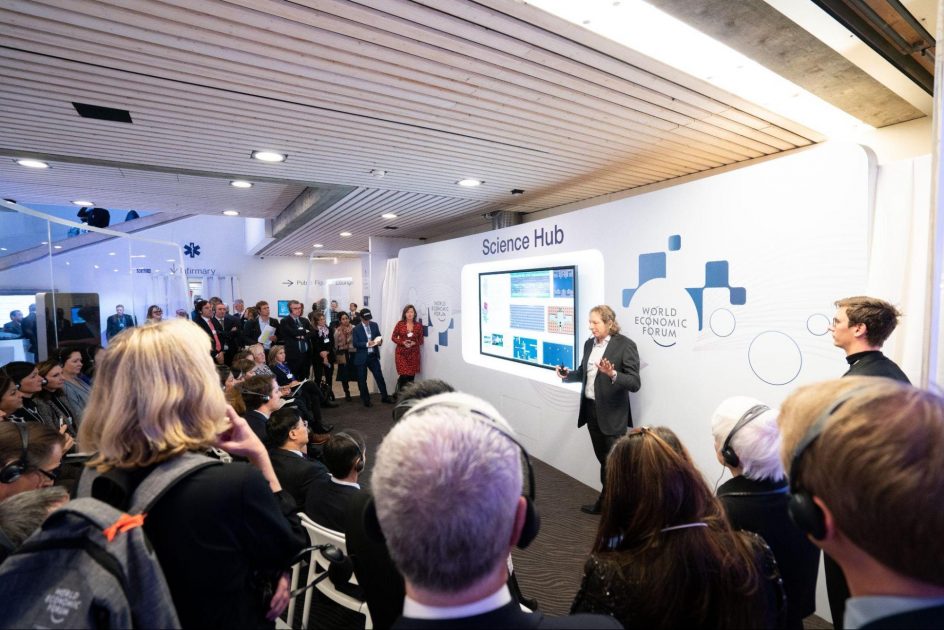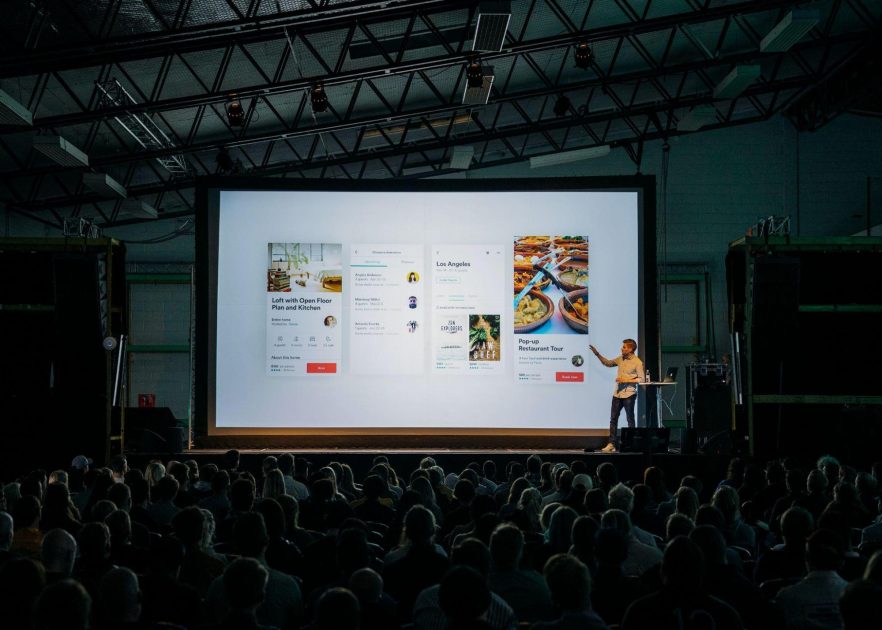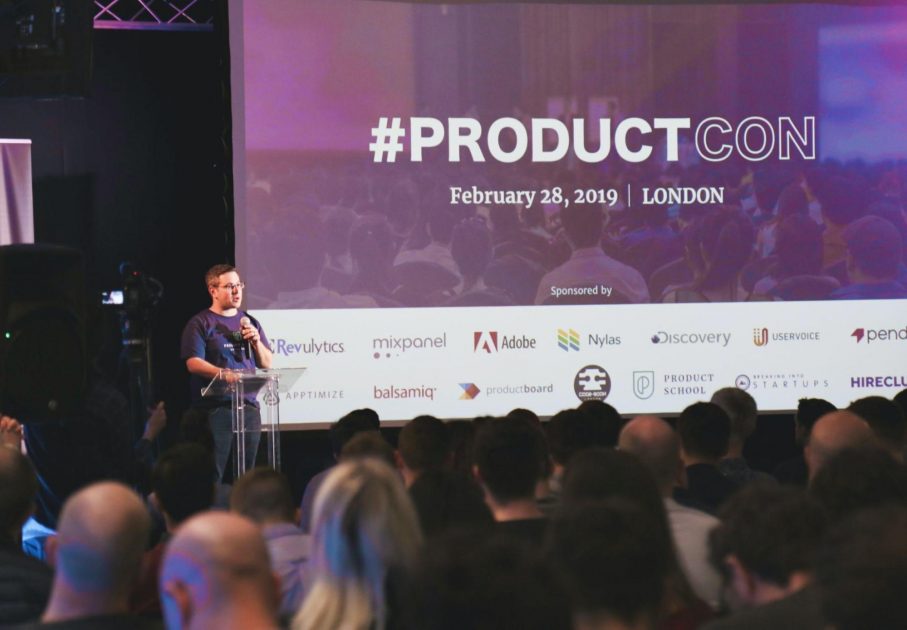With COVID-19 subsiding finally, businesses are resuming their regular operations. From trading events to group meetings, the corporate world is returning to normalcy. But, this pandemic has left us with some lasting changes, i.e., digital meetups. Event organizers are going digital and we’re seeing hybrid events more often now.
Hybrid events connect in-person and distant attendees to an anchor point, ensuring both sides get the same value. However, making hybrid events a success is not that straightforward; you need an effective strategy.
This guide explains the best practices for hybrid events- follow along to make your next hybrid event a success.
Best Practises for Hybrid Events – Stick to them, and You’re Golden
Present the Same Value to Both Audiences– Online and Offline
Even when people pay to attend an event, they have a hard time staying focused. And when this attendance is through a virtual medium, the results are even worse.
Engaging a virtual audience is a challenge for event managers because of several distractions. “Video call exhaustion” refers to the attention diversion during a live meeting/virtual event.
Frankly speaking, not everyone can sit through a 4-hour long event; we need breaks and excitement to do so. Cognitive overload during virtual meetups reduces people’s ability to absorb new information.
One best practice to avoid this situation is by presenting both audiences with the same kind of content. You can upload presentations on the virtual medium, send in polls during the event, arrange Q&A sessions, or directly address the virtual audience to keep them hooked.
“You can increase audience engagement by offering Q/A, social media interacting opportunities, a Twitter feed, and a community for your particular event,”
says Ryan Graham from the Peach New Media about his experience with webcasts.
And we agree with Ryan there!
Re-visit the Content to Ensure a Seamless Delivery
What are your event’s deliverables? Will you have any guest speakers over or is it just the host talking to the attendees? Will there be slides/images/videos for the audience?
No matter the content you’ll present, make sure it’s well-planned. As a host, you’re responsible for ensuring the hybrid event doesn’t face any glitch. Hence, re-visiting the content beforehand is a good practice.

You can either check the deliverables yourself or have a second pair of eyes to scrutinize them. Whatever quality-testing practice you follow, it should tailor your event’s content according to the audience’s interest.
Rehearse the Event with your On-Site Staff
Rehearsals are essential for hybrid events because they’re prone to many glitches otherwise. When you commence an event without practicing/testing the content, there can be many embarrassing scenes for you as a manager.

Since remote attendees live stream/participate from different regions and time zones, they should be familiar with the event’s content. You can release teasers, get the prospect attendees’ requirements, and run a demo event to see how it goes.
If your virtual audience joins in from a collective source, i.e., a university, rehearsing the event is more manageable. You can talk to the planners of the other venue, set up a mock event, and test your content for better results later on.
Brandt Kreger, Corporate technology Director of MetroConnections, Inc., states that “when done properly, Hybrid events can actually increase attendance at the next meeting.”
So, take your first hybrid event as a test and nail it.
Check Apparatus/Systems Beforehand
Lights, sound, cameras, and the internet are all important for a successful hybrid event. That’s because you need to cater to both virtual and live attendees. And When the attendees cannot comprehend or connect with the event’s content, your event isn’t successful.
“Nothing will flop harder than a host whose microphone wasn’t properly configured — both for the audience who can’t hear in the back of the room and those listening online,”
says Sean Hoff, Founder of Moniker.
Hybrid events ask you to be proactive and use technology for a seamless experience. You cannot provide virtual attendees with better internet or improved lighting, but you can guide them to arrange a professional setting.
When you’re planning a huge hybrid event, keep both types of audience in the loop and guide them on what’s going on. Remind them to arrange a peaceful setup and avoid distractions during the event.
Map Out the Event to Avoid Glitches
“Time is money”- this line never gets irrelevant. When we talk about hybrid events, time’s the most important resource.
You cannot recall everything in your head and think it’s all good. So it’s better to lay out a proper plan. Your hybrid event plan should explain what this session entails; from guest speakers and live polls to snack breaks and more. This planner will keep your event on the right track.

Your event planning team should also have this planner so everything is seamless during an ongoing session. Do everything according to the plan and value everyone’s time.
Have Back-Ups
A Markeltic survey revealed that 32.9% of event organizers faced connectivity issues during a hybrid event, and only 12% of them plan on getting a backup.
Which strata do you belong to? Are you a planner or a slacker? We hope you’re the former because otherwise, your hybrid event might fall flat.
Have electricity, sound, and internet backup ready to save your event from any embarrassment.
Practice Presenting in Front of the Camera

If this is your first hybrid event presentation, you need on-camera rehearsal. After addressing the in-house audience, you’ll shift toward behind-the-screen people, and talking to them takes practice.
So, make sure you have enough practice to speak flawlessly during the event. Otherwise, your audience may step back and your event goes a flop.
Pro Tip: If this is an important event and you can’t go wrong with your speaking style or conduct, record your presentation and examine it before the actual event. It’ll boost your confidence in front of the audience.
Why Should Planning Hybrid Events be Your Next Goal?
Event planners are actively trying new software and best practices to conduct memorable hybrid events. But why the is word “hybrid” gaining hype? The following factors will answer this question:
They Engage Audience from Across the Globe
COVID-19 restrictions aside, attending different events in person isn’t always feasible. Travel budgets, accommodation concerns, and different time zones limit your event’s attendees.
But when you connect with the potential audiences virtually and explain how technology will make things easier for them, you earn a broader fan base.
People from different time zones can tune in together and leverage the information your hybrid event imparts; what’s better than that?
You Can Get Multiple Speakers On-Board, Irrespective of their Time Zones
Guest speakers joining events from different regions isn’t a new phenomenon, we all have attended these lectures in college.
Corporate-level hybrid events work the same way. You have a wide audience and some speakers on board; the event’s going fine. But some speakers couldn’t attend (or you couldn’t afford to have them over), so you virtually connect with them.
Hybrid meetings benefit all stakeholders. The event manager can save on execution costs, participants/speakers and attendees can contribute from their comfort zones; Fairplay for everyone.
Final Thoughts
Hybrid events are here to stay for all the right reasons. These collaborative events let people connect better and bring value to the table. Managing successful hybrid events needs some practice and you can achieve that.
Whether you’re planning your first hybrid event or wondering how these events can help your biz, follow the practices we have listed above for the best results. These practices come from experience, so you can’t go wrong with them.
Meanwhile, let us know what you don’t like about hybrid events and maybe we can help. Let’s talk in the comments!
Do you want to know how we can help you regardless if your event is physical, virtual or hybrid? Book a demo today.





